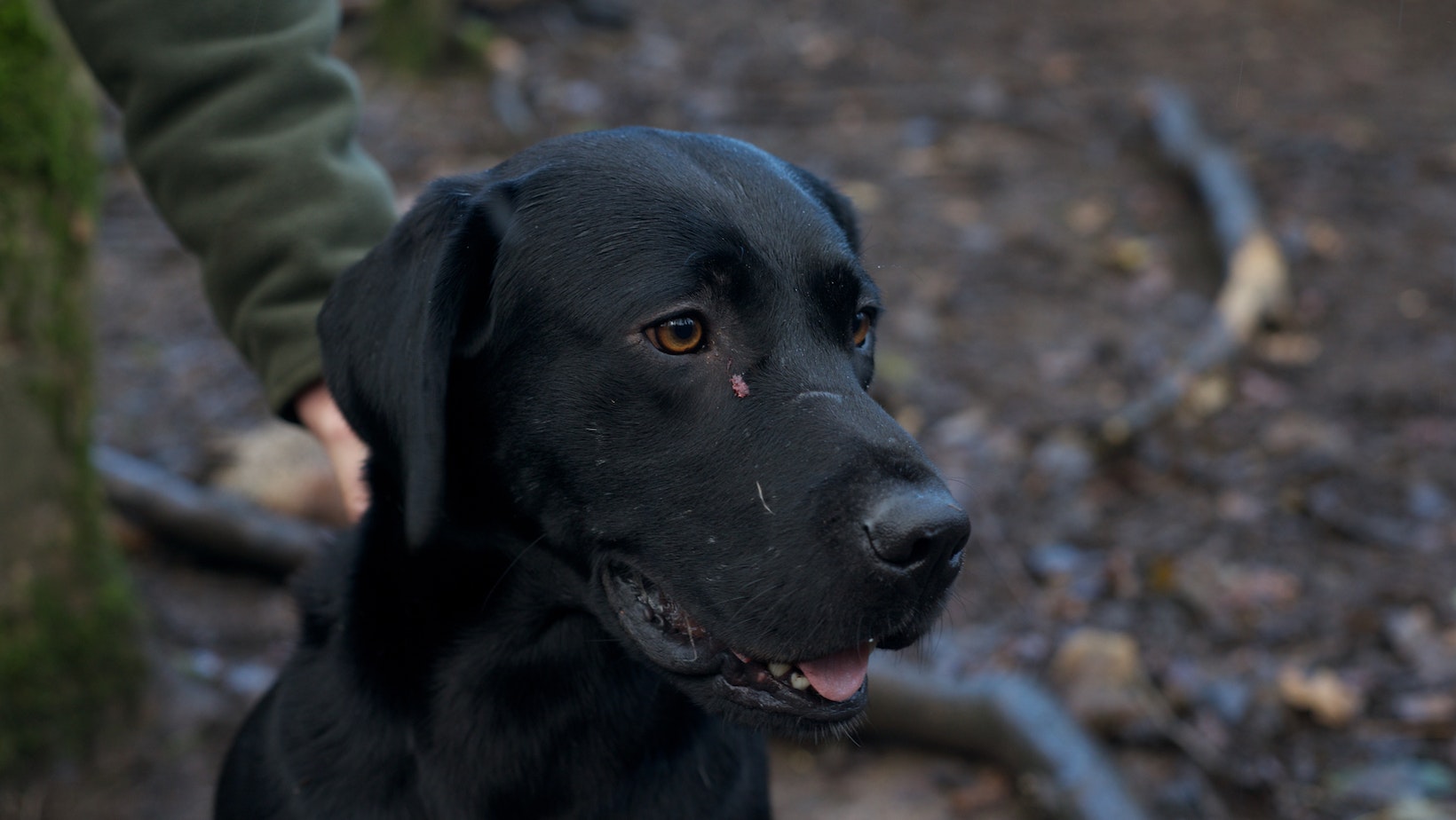Wondering if it’s safe to feed your beloved Labrador tomatoes? Well, the answer is not as straightforward as you might think. While tomatoes can be a healthy and tasty snack for humans, they may not have the same benefits for our furry friends. So, can I feed my dog tomatoes? Let’s explore further.
Can I Feed My Dog Tomatoes
While tomatoes are generally considered to be non-toxic to dogs, there are some caveats to keep in mind. The green parts of the tomato plant, including the stems and leaves, contain a substance called solanine that can be harmful to dogs in large quantities. Additionally, ripe tomatoes are high in acidity which can potentially upset your dog’s stomach or cause digestive issues.
If you’re determined to give your Labrador a taste of tomato goodness, moderation is key. Start by offering small pieces of ripe tomato without any seeds or green parts. Monitor your dog closely for any signs of discomfort or allergic reactions such as vomiting or diarrhea. It’s always best to consult with your veterinarian before introducing any new food into your dog’s diet.

The Safety of Feeding Tomatoes to Dogs
The Potential Risks of Feeding Tomatoes to Dogs
As a dog owner, it’s natural to wonder about the safety of feeding tomatoes to your furry friend, especially if you have a Labrador or another breed known for their love of food. While tomatoes can be a healthy addition to our own diets, it’s important to consider their potential risks when it comes to our canine companions.
One primary concern with tomatoes is their high content of a substance called solanine. Solanine is found in the stems and leaves of tomato plants and belongs to a group of compounds called glycoalkaloids. In large quantities, solanine can be toxic and may cause digestive upset in dogs. However, the solanine concentration in ripe tomatoes is generally low and unlikely to pose a significant threat.
Another potential risk associated with feeding tomatoes is the presence of seeds. Tomato seeds contain small amounts of a compound called tomatine, which some dogs may have difficulty digesting. In certain cases, ingesting large quantities of tomato seeds could lead to gastrointestinal discomfort or even blockages. Therefore, it’s advisable to remove the seeds before offering tomatoes as a treat.
Tomato Varieties That Are Safe for Dogs
While some precautions are necessary when introducing tomatoes into your dog’s diet, not all varieties pose the same risks. Generally speaking, ripe red tomatoes are considered safe for dogs in moderation. However, there are certain tomato products that should always be avoided due to potential added ingredients like onions or garlic that are toxic for dogs.
When sharing fresh tomatoes with your four-legged friend, opt for common varieties such as cherry or Roma tomatoes that have been thoroughly washed and prepared appropriately (more on this later). These smaller varieties tend to have fewer seeds compared to larger beefsteak or heirloom types.
Remember that every dog is unique and may react differently to certain foods. If you’re unsure whether your dog can tolerate tomatoes, it’s best to consult with your veterinarian before adding them to their diet.
How to Safely Prepare Tomatoes for Your Dog
To ensure the safety and enjoyment of tomatoes for your dog, it’s crucial to properly prepare them. Here are a few tips:
- Remove the stems and leaves: As mentioned earlier, solanine is primarily found in the stems and leaves of tomato plants. Make sure to remove these parts before offering tomatoes to your dog.
- Wash thoroughly: Rinse fresh tomatoes under cool running water to remove any surface dirt or pesticides that may be present.
- Cut into small pieces: Slice the tomatoes into bite-sized pieces or mash them if you prefer, making it easier for your dog to consume and digest.
- Seed removal: While not necessary for all dogs, removing the seeds can help minimize any potential digestive discomfort. Simply cut the tomato in half horizontally and gently scoop out the seeds with a spoon.
- Moderation is key: Introduce tomatoes gradually into your dog’s diet and observe how they react. Start with small amounts as an occasional treat rather than incorporating large portions right away.
Remember that treats should never exceed 10% of your dog’s daily caloric intake, so keep an eye on portion sizes when sharing this delightful fruit with your furry friend!
In conclusion, while it is safe to feed your Labrador tomatoes in moderation, it’s crucial to practice portion control and ensure they are ripe and free from stems and leaves. Always consult with your veterinarian for personalized advice regarding your dog’s specific dietary needs.